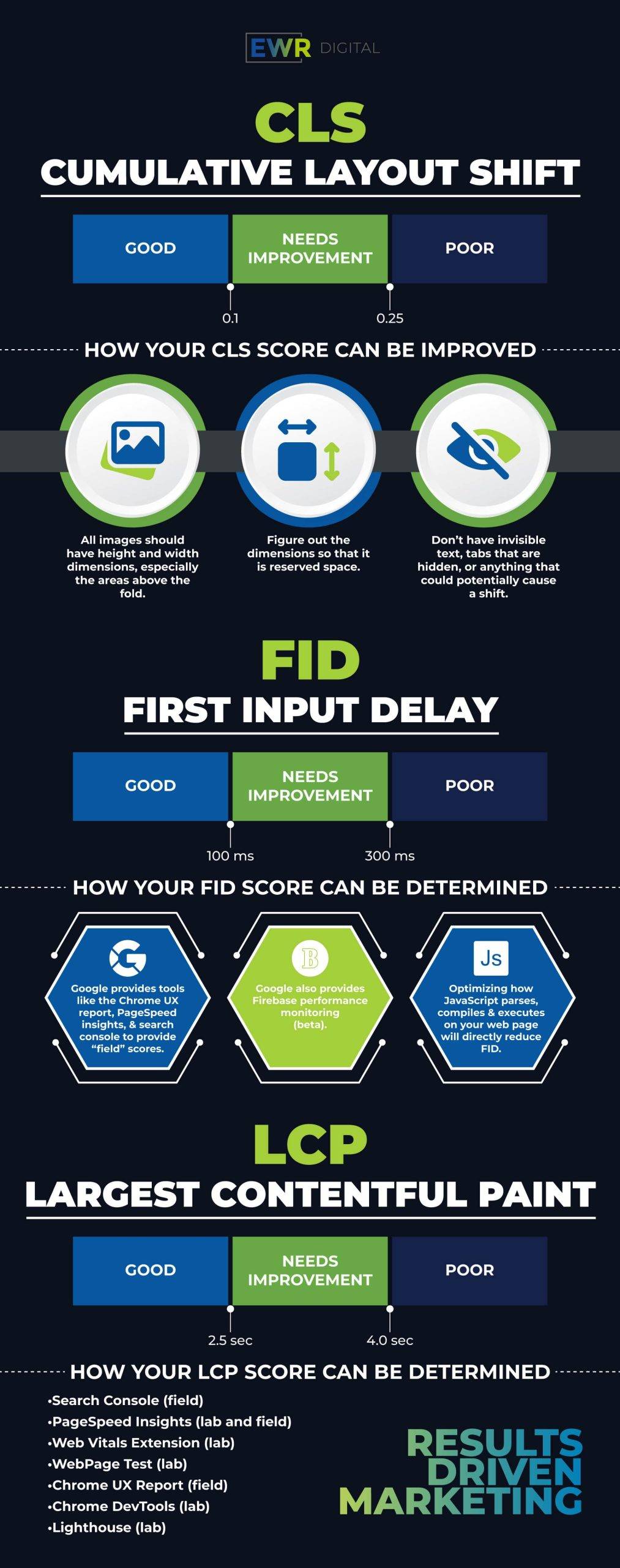The Impact of Page Speed on User Engagement and SEO
Introduction: In the digital era, where attention spans are short and expectations for instant gratification are high, the speed at which a website loads can make or break user engagement. Moreover, search engines have recognized the importance of page speed in determining the quality of user experience. In this exploration, we’ll uncover the symbiotic relationship between page speed, user engagement, and SEO.
The Need for Speed
1. Defining Page Speed: Page speed refers to the time it takes for a web page to load completely. It’s not just a technical metric; it’s a critical factor that directly influences how users perceive and interact with a website.
2. User Expectations: Internet users expect websites to load quickly. According to studies, 53% of mobile site visitors leave a page that takes longer than three seconds to load. As the seconds tick away, the likelihood of retaining user engagement decreases significantly.
Impact on User Engagement
1. Bounce Rates and Loading Time: Studies consistently show a direct correlation between longer loading times and higher bounce rates. Users are more likely to abandon a website if it doesn’t load swiftly, contributing to a poor user experience and lost opportunities for engagement.
2. Time on Page: Faster-loading pages tend to keep users engaged for longer periods. When users can access the information they seek without delays, they are more likely to explore additional content on the site.
3. Conversion Rates: The connection between page speed and conversion rates is evident. Whether it’s making a purchase or filling out a form, users are more likely to complete actions on a website that responds promptly to their interactions.
The SEO Advantage
1. Google’s Page Speed as a Ranking Factor: Google, the dominant search engine, considers page speed as one of the factors when determining search rankings. Faster-loading pages are rewarded with better visibility, while slower pages may face the consequences of lower rankings.
2. Core Web Vitals: Google’s Core Web Vitals initiative places a spotlight on user-centric performance metrics, including page speed. Metrics like Largest Contentful Paint (LCP) and Cumulative Layout Shift (CLS) are integral to a website’s SEO health.
Optimizing Page Speed: Stats and Strategies
Page Speed Stats:
- 47% of users expect a web page to load in two seconds or less.
- A one-second delay in page load time can result in a 7% reduction in conversions.
- Google recommends a server response time of under 200 milliseconds.
Strategies for Optimization:
1. Image Compression: Compressing images reduces file sizes without compromising quality, contributing to faster page load times.
2. Minimizing HTTP Requests: Reducing the number of elements on a page, such as scripts and stylesheets, minimizes the number of server requests, speeding up loading times.
3. Browser Caching: Enabling browser caching allows elements of a webpage to be stored on a user’s device, reducing the need for re-downloading when revisiting the site.
Conclusion: Accelerating Success
In the fast-paced world of internet marketing, page speed is not just a performance metric—it’s a critical determinant of user engagement and SEO success. By optimizing page speed, websites can create an environment where users are more likely to stay, explore, and convert. Additionally, search engines reward this commitment to a seamless user experience with higher rankings. As the digital landscape continues to evolve, the need for speed remains a constant, driving the quest for faster, more efficient websites that deliver on both user expectations and search engine requirements.

